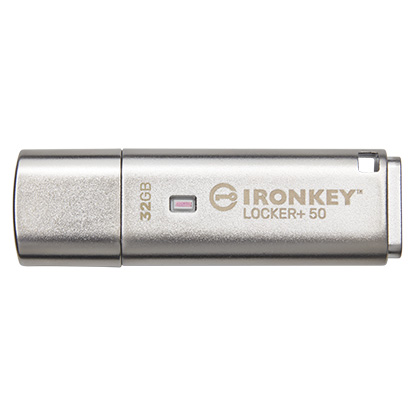I just want to record family stuff & recordings that I made in the studio when I was on radio programs, etc.I'm amazed auto azimuth alignment is even in the discussion.
Speeches & things like that to digital.
As far as video is concerned, I just managed to get my mother's parents snow skiing wedding in 1929 Salzburg (the state, not the City, Austria) transferred from 9.5 MM film to digital DVD's & Thumb drives>
That completes my family video's from 1929-1965.

